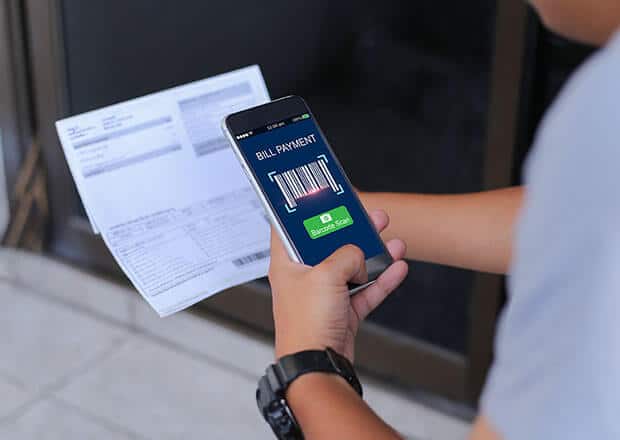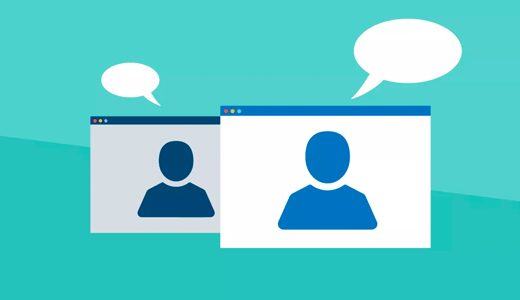When IBM released the first widely sold personal computer, few lawyers ventured bravely into exploring their applications. It may have resembled children dipping their toes into the cold sea before running away, but it paved the future of tech and law.
Now we look at an industry that has begrudgingly come a long way. The slow-moving approvals of the American Bar Association have untethered forward-thinking lawyers to leave a vastly different legal sector.
Let’s look at the technology that law firms use to keep them ahead of the competition.
Digital Billing

Quite possibly the most frustrating task, billing, was quickly updated with modernized technology. LawPay, Time Tracker, Avaza, and more have reimagined the entire billing cycle.
No longer an accountant’s nightmare, innovative software allows you to track expenses, billable and non-billable hours, and automate the cycle. Digital payment methods mean full automation of the process removing hours of human resources and delays.
Contract Preparation and Automation

Billing might have been the most frustrating task, but contract preparation was certainly the most tedious. Junior associates spent hours drafting or reviewing contracts before passing them to the second set of eyes to make sure nothing was missed (you can read more about this here).
It was an exceptional time lag and one that document review software has addressed. The latest software comb through legal documents and contracts thoroughly reviewing important details and clauses. One-click solutions are suggested meaning that accuracy and efficiency are no longer headaches for anyone preparing contracts. Check out some contract lifecycle management examples and learn how a CLM software can help your legal operations.
Legal Research

Legal research is a digital reincarnation of walking the law library floors. Researching precedent through old books without any certainty of finding an answer has taken a back seat. Lawyers are now provided with savvy research tools with weirdly advanced AI. ROSS Intelligence is the perfect example.
The backbone of the innovation is an IBM, AI supercomputer called Watson. Watson can understand everyday questions without using legalese. This speeds up the entire search process. However, the advancements don’t stop there. Not only are you provided with the cases you searched, but you are also given a breakdown of what happened.
If decisions were disputed or later overturned, Watson tells you. ROSS Intelligence is not the only one that has changed the game for legal research. Among other impressive features, LexisNexis sends you updates on individual trials, so you can learn of case law the minute it is handed down.
Practice Management Software

Most firms now use some form of cloud-based practice management to help them steer the ship. Modern practice management platforms reduce the number of software tools, oversights, and hours involved in managing a team of lawyers.
The front-runners in practice management integrate digital billing, task management, scheduling, marketing, filing, docketing, and even generate progress reports. Helpful dashboards give you a bird’ eye view of the different cases you are currently managing, who is responsible, and what their status is. Firms without a practice management tool are typically more fragmented, inaccessible, and disorganized.
Digitized Client Relations

Clients have become much more demanding, especially since work from home policies were introduced. Fortunately, firms had already begun to adopt automated and online solutions to improve client management practices. Clio, InTapp OnePlace, Intake 123, and more allow clients to progress through onboarding and document exchange without the need for human assistance.
Clio can take a client from the introduction stage to profile creation without requiring the presence of a single staff member with an automated online client portal. Many firms have installed similar systems and complimented them with chatbots to reduce the costs of customer care and human resources.
Getting and storing personal information

Saving someone’s personal information is becoming common nowadays. People use online stores and they need the preferences of their customers. To do so, they have to get the time that the client spent on different items. Moreover, they need to get information about the likes and dislikes of every person.
Therefore, companies get information from social media platforms. You must have observed this thing that if you search for a particular product, you will see more advertisements related to it. For example, you are looking for a massage chair and you searched it on Facebook. So now you are using Instagram, YouTube or even Google, you will see similar advertisements.
They will let you know more about massage chairs from different sellers. All of this information storage and sharing is to improve user experience. And all of this is done through technological use. It is not possible for humans to store every single detail about every single client and to enlist his likes and dislikes. Therefore, online stores use technological software and provide the best shopping experience to their customers.
Improving communication

It’s 2023 and there is a lot of change around the globe in just a year. Coronavirus has changed how we do things and how we communicate. We are not allowed to move out of our homes. So what will we do? Of course, we will have to use other means of communication.
This is especially alarming for businesses. They have to meet the requirements of their clients. Therefore, businesses are using technological means to connect with their clients and engage them. It is important that they provide a seamless experience to the customers and it requires technology.
Software tools enhance the seamless user experience for their customers. With the help of the right software, you can connect your different sites and platforms with each other. For example, you have a clothing store and another platform that sells jewelry and makeup. You want your clients to buy everything from you.
So what will you do? With the help of technological tools, you can connect all these platforms with each other. So when the customer is buying a dress, she can also get matching jewelry and shoes from the link that you provide.
Automation in courts and governmental agencies

Tasks of governmental agencies and courts are sensitive and need extra security. However, all these tasks need efforts to deal with them. With the help of a digital interface, legal professionals can easily do their jobs with less effort. From creating contracts to doing other administrative tasks, technology is changing ways of doing work.
Now the client and lawyers can communicate through proper platforms. Moreover, even the legal hearings happen through video conferences. The clients do not have to appear in the courtroom and the proceeding will take place. Furthermore, witnesses are provided with security through police at their place. Thus, the courts are also becoming online and all this is completely legal.
In Conclusion
The legal sector has come a long way since the first online case library in 1973. While a technological change was criminally slow for nearly 40 years following, the rate of change has accelerated considerably since.
Lawyers and firms can now use technology from entire firm management to individual editing suggestions that give the one-click suggestions on how to ‘amend contracts’. Firms of today face a constantly evolving technological influence and getting ahead is going to be a challenge.



















